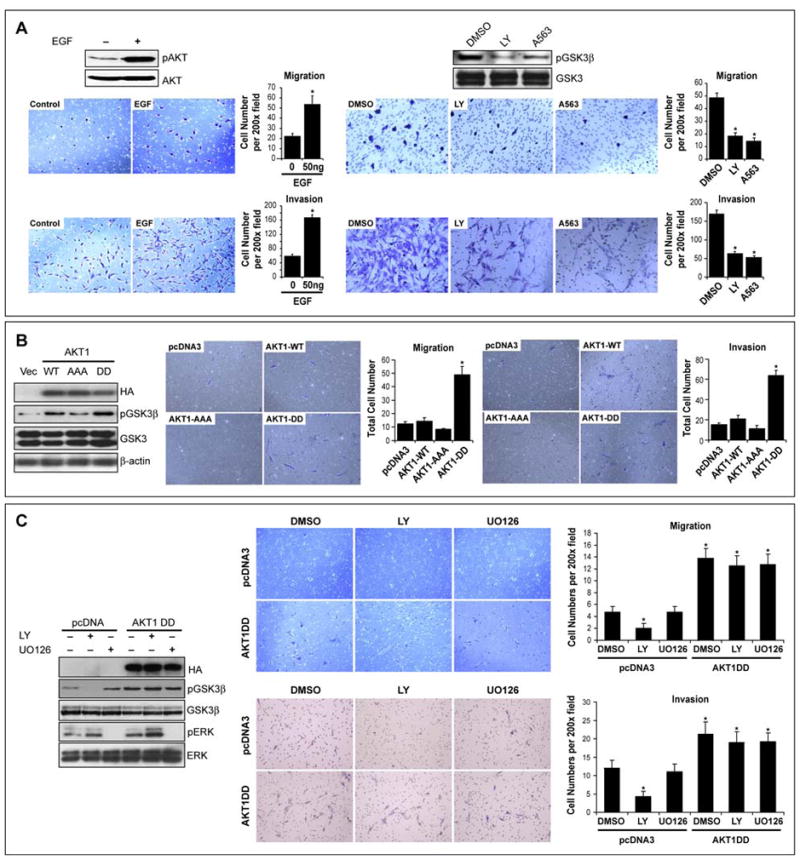FIGURE 1. AKT phosphorylation enhances STS cell migration and invasion.

A. EGF induces AKT phosphorylation (WB for pS473) in SKLMS1 cells and enhances migration/invasion. Inhibitors of PI3K (LY=LY294002) and AKT (A563) block AKT downstream signaling (evaluated by pGSK3β) and abrogate EGF-induced SKLMS1 migration/invasion; B. Normal human smooth muscle cells (HC-SMC) were transfected to overexpress HA-tagged wild type AKT, dominant negative AKT (AAA), and activated AKT (D); pGSK3β levels confirm the function of the overexpressed proteins. Overexpression of AKT-DD significantly increased the number of migrating and invading cells (p<0.001); C. Effects of AKT-DD on HC-SMC downstream signaling and cell migration and invasion is independent of PI3K or MEK blockade. [Graphs represent the average of three repeated experiments ±SEM; * depict statistically significant effects (p<0.05); pAKT WB in all panels refer to pS473] (See also Figure S1)
